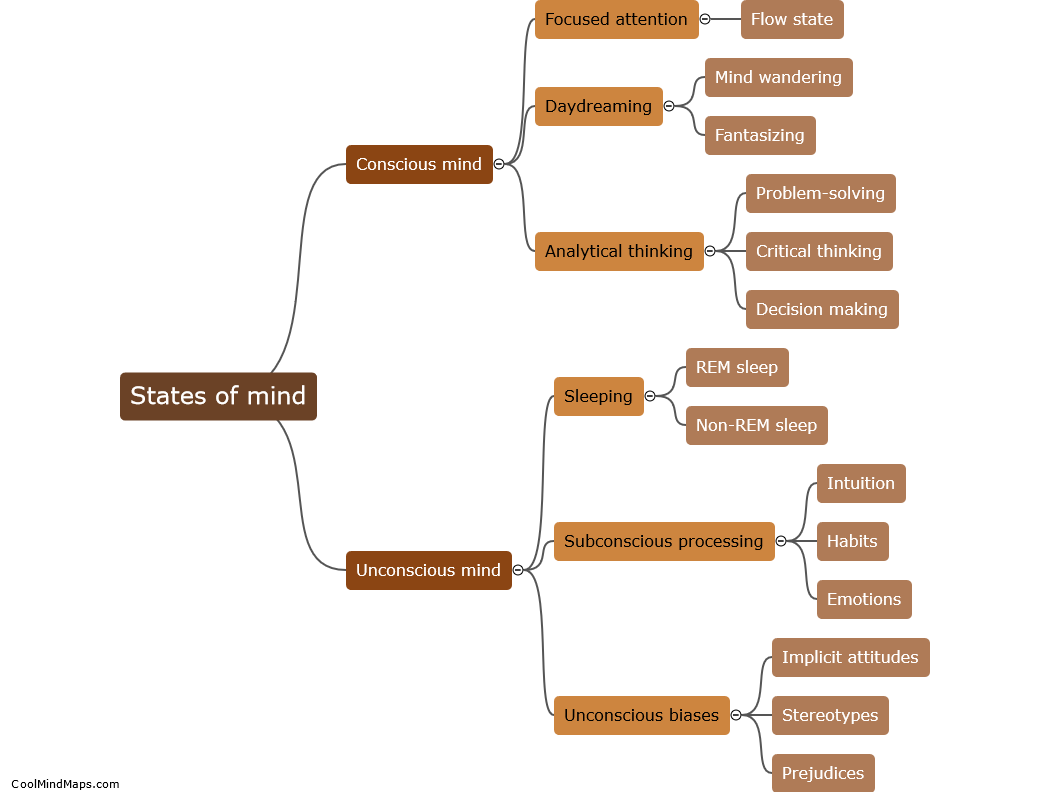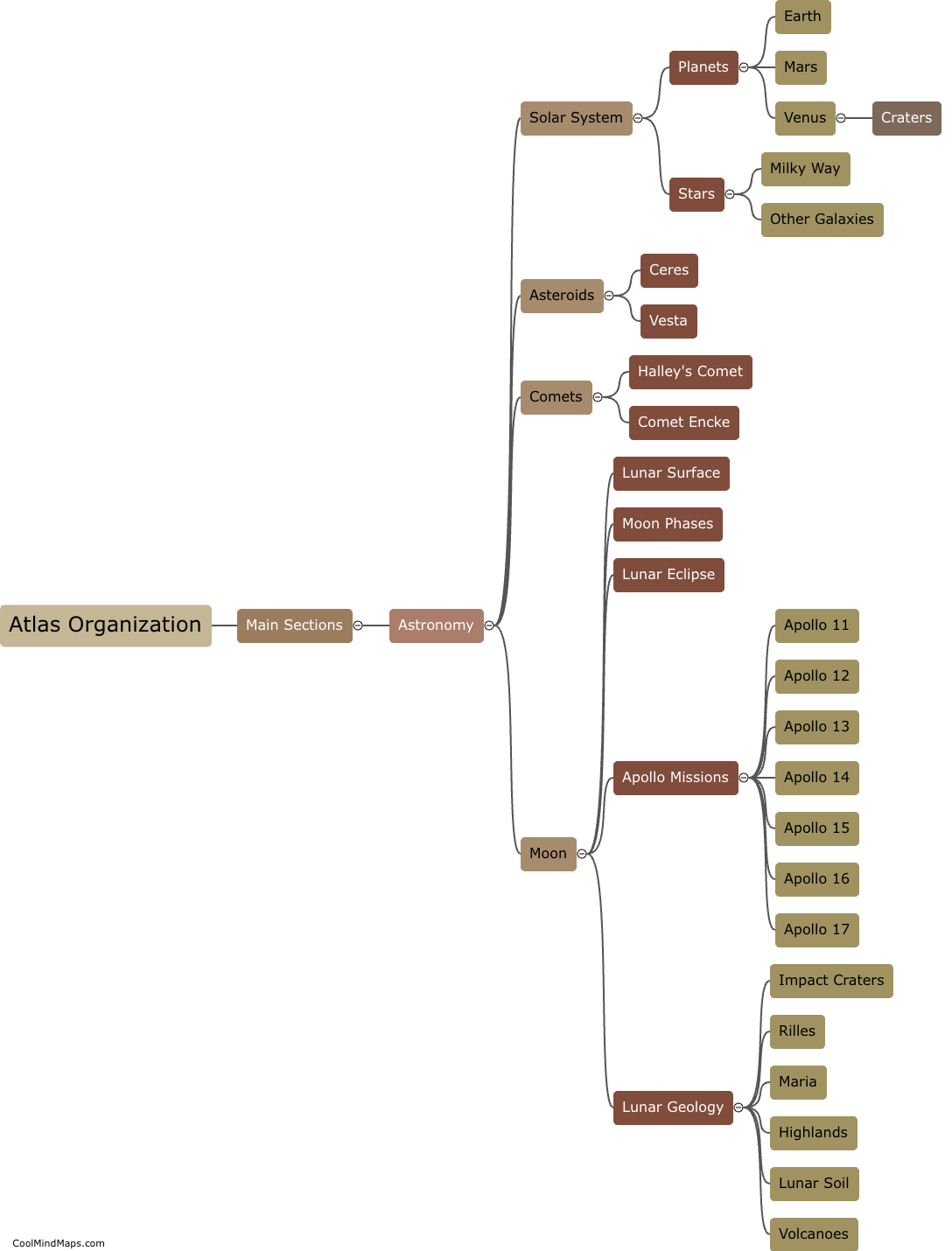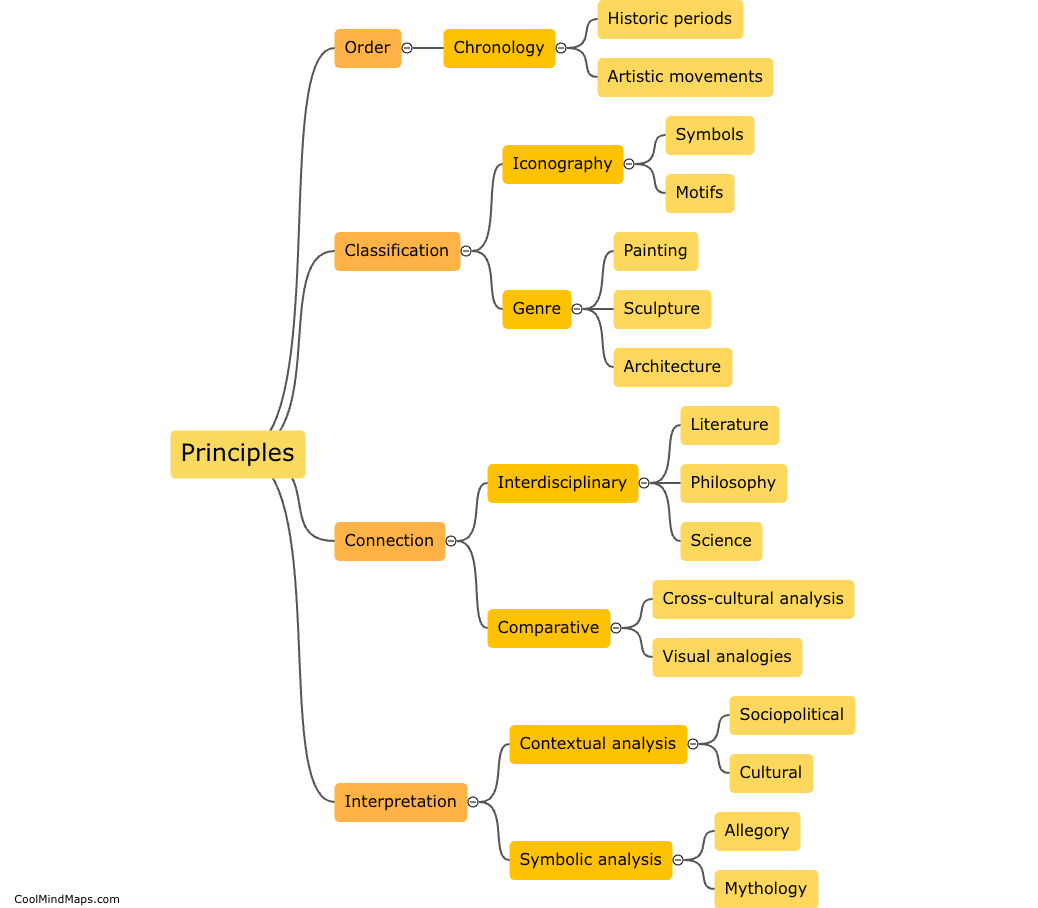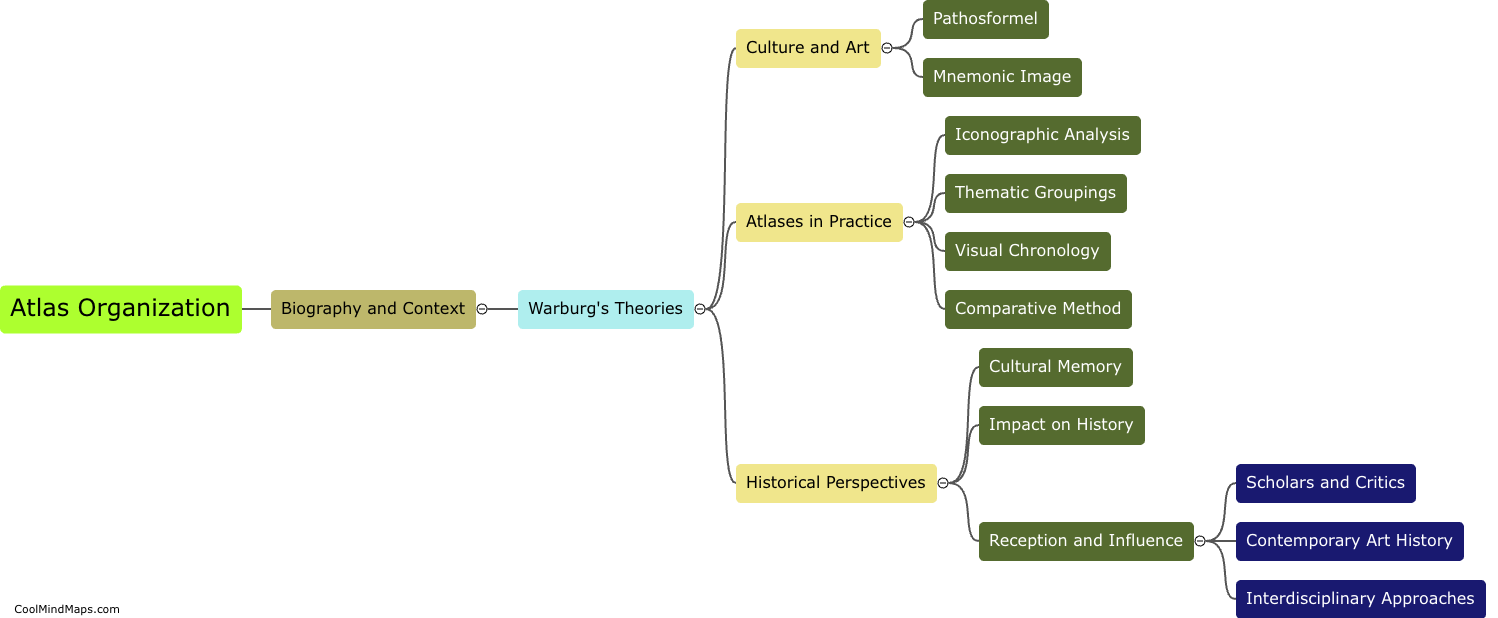How did Aby Warburg categorize the visual images in his Atlas?
Aby Warburg, a renowned art historian, categorized the visual images in his Atlas by employing a unique method that reflected his interdisciplinary approach to understanding the history of art. His Atlas, a collection of thousands of images gathered from various sources and cultures, aimed to trace the evolution and transformation of symbols and motifs across time and geography. Rather than organizing the images chronologically or geographically, Warburg arranged them according to clusters and associations based on similarities in content, form, or theme. These clusters, known as Mnemosyne Panels, brought together seemingly unrelated images to highlight their hidden connections and shared symbolic or metaphorical meanings. By categorizing visual images in this non-linear and associative manner, Warburg aimed to capture the essence of cultural memory and the ways in which visual motifs persist and recur in different societies and historical periods.

This mind map was published on 3 October 2023 and has been viewed 106 times.











